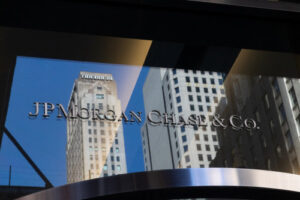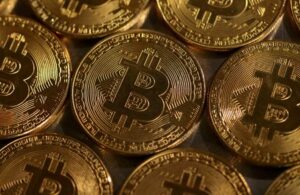(Reuters) – Applied Materials forecast second-quarter revenue below market estimates on Thursday, expecting escalating geopolitical tensions and soft demand for memory chips used in consumer electronics to weigh on sales of its chipmaking equipment.
Shares of the company — the largest U.S. semiconductor equipment maker — fell close to 5% in extended trading.
Revenue from China, Applied’s largest market by revenue share in the first quarter, is threatened by tighter U.S. restrictions on exports of chipmaking technology.
The U.S. government said in December that new controls will be placed on the export of semiconductor manufacturing equipment needed to produce advanced-node chips to China, hitting Applied Materials.
Applied Materials forecast second-quarter revenue of about $7.1 billion, plus or minus $400 million, compared with the analysts’ average estimate of $7.21 billion, according to data compiled by LSEG.
In the current quarter, the company is “taking into account export control-related headwinds,” Chief Financial Officer Brice Hill said in a statement.
Sales to China accounted for about 31% of Applied Materials’ total first-quarter sales, down from about 45% of total revenue in the year-ago period.
Earlier on Thursday, U.S. President Donald Trump also tasked his economics team with devising a plan to impose reciprocal tariffs on every country that imposes duties on U.S. imports, targeting China, Japan and South Korea — some of Applied’s largest markets.
Weakness in the market for memory chips used in smartphones and personal computers has also offset the positive impact of a rise in demand for advanced chips capable of processing the vast data employed by generative AI.
Memory chipmaker SK Hynix told analysts last month that its 2025 capital expenditure would rise only slightly from last year.
Applied expects adjusted profit of $2.30 per share, plus or minus 18 cents, in the second quarter, in line with estimates of $2.30 per share.
In the quarter ended January 26, Applied Materials reported revenue of $7.17 billion, beating consensus estimate of $7.14 billion, and adjusted profit of $2.38 per share also beat estimates of $2.29.
(Reporting by Arsheeya Bajwa in Bengaluru; Editing by Alan Barona)





